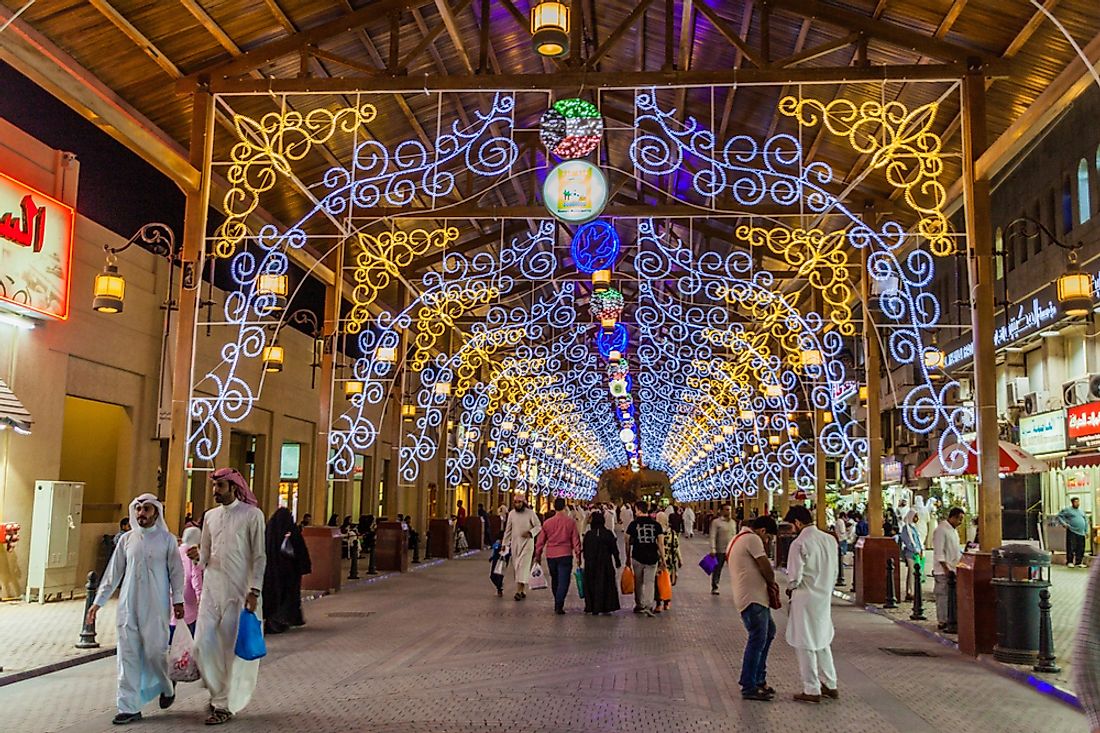What Is The Ethnic Composition Of Kuwait?

Kuwait is a sovereign state in the Middle East. It is a high-income country with one of the highest per-capita incomes in the world. The economy is highly dependent on oil, as the country has the sixth-largest oil reserves. Kuwait experienced significant growth from the 1940s to the late 70s, but political instability in the 80s led to an economic crisis and a stock market crash.
As of 2019, the population of Kuwait was estimated at 4.2 million, representing a 100% increase compared to 2.1 million in 2005. About 70% of the population of Kuwait is made up of expatriates. Indians and Egyptians make up the largest expat community. While the number of native Kuwaitis rise by about 3% annually, the expat population is increasing at more than 6%. Native ethnic groups of Kuwait include Arabs from Iraq, eastern Arabia and Bahrain, ethnic Persians, and the Baharna people. A quarter of the Kuwaiti population is below the age of 15 while 21% is between 15 and 24. The median age of the country is 29 years.
Expat Population
There are more than 1.1 million Arabs and over 1.4 million Asians in Kuwait. The government rarely issues citizenship to foreigners, but the high per capita income and affordable cost of living has turned the local population into an ineffective labor force. Organizations, including the government import labor, especially for menial jobs. Apart from the high level of non-nationals, there are over 100,000 stateless people in the country. This group mainly consists of immigrants from Iraq, Syria, and Saudi Arabia who are trying to claim Kuwaiti citizenship. In 2013, the government passed a law to grant 4,000 stateless people citizenship to solve the problem, but the Immigration Department delayed the procedure, claiming that some people had destroyed their documents to claim citizenship.
Languages
Modern Standard Arabic is the official language of Kuwait, but it is limited to education and journalism. Kuwaiti Arabic is used by the majority as an everyday language. English is widely spoken while French is taught as a foreign language in schools. Kuwaiti Arabic is a variant of the Gulf Arabic language and share similarities with other Arabic dialects in Eastern Arabia. The language borrowed many words from Indian, Persian, Turkish, Italian, English, and Balochi languages because of interactions such as trade.
Religion
A majority of Kuwaiti citizens are Muslim; about 65% are Sunni since most of the people are of Persian ancestry, while 25% are Shia. There are also a few native Bahá'í Kuwaiti citizens. A majority of the expatriates are Muslims, Hindus, Sikhs, and Christians.
Quality Of Life And Life Expectancy In Kuwait
Kuwait has a low infant and maternal mortality rates as well as high life expectancy of 78.2 years. The maternal mortality rate is 4 per 100,000 live births, while the infant mortality rate is 7 per 1,000 live births. The fertility rate is 2.4 per woman. It is estimated that the fertility rate will drop to 2.1 by 2035, while the youthful population will also decline significantly.
What Is The Ethnic Composition Of Kuwait?
| Rank | Ethnic group | Percentage of total population |
|---|---|---|
| 1 | Kuwaiti | 30.4% |
| 2 | other Arab | 27.4% |
| 3 | Asian | 40.3% |
| 4 | African | 1% |
| 5 | Others (includes European, North American, South American, and Australian) | 9% |











